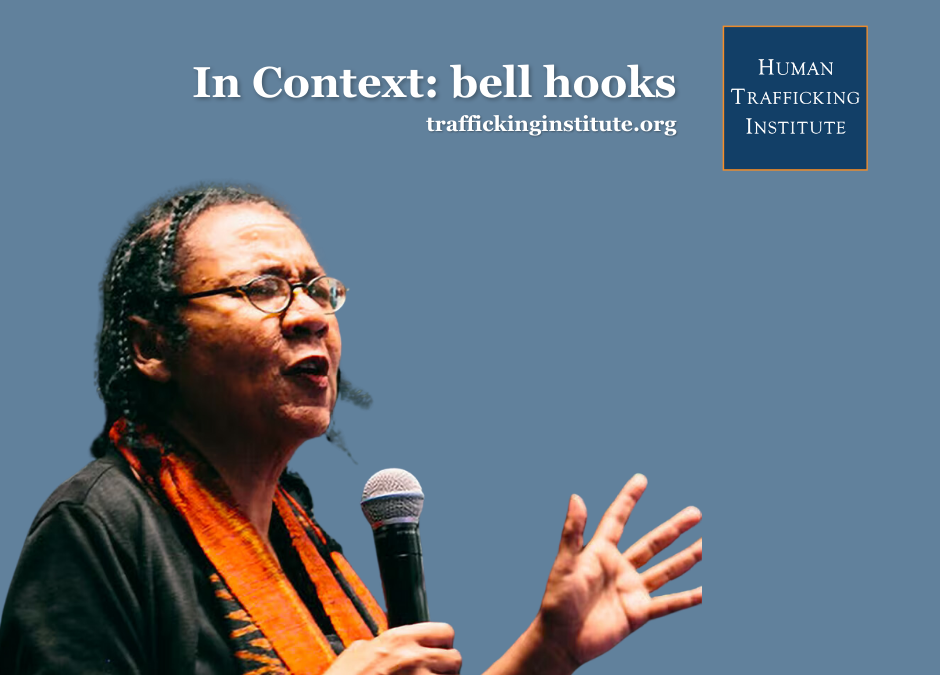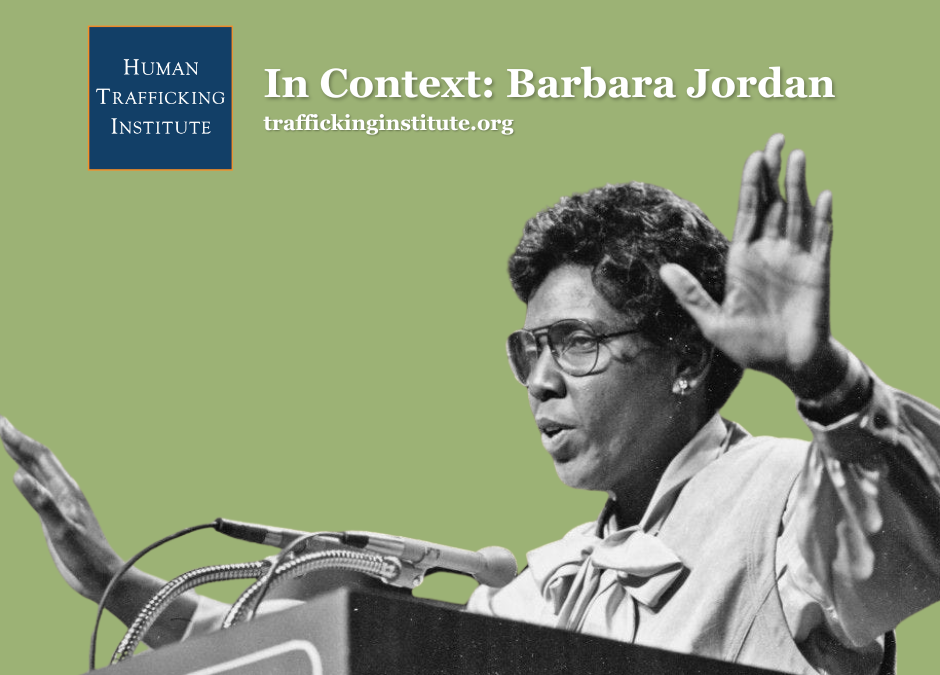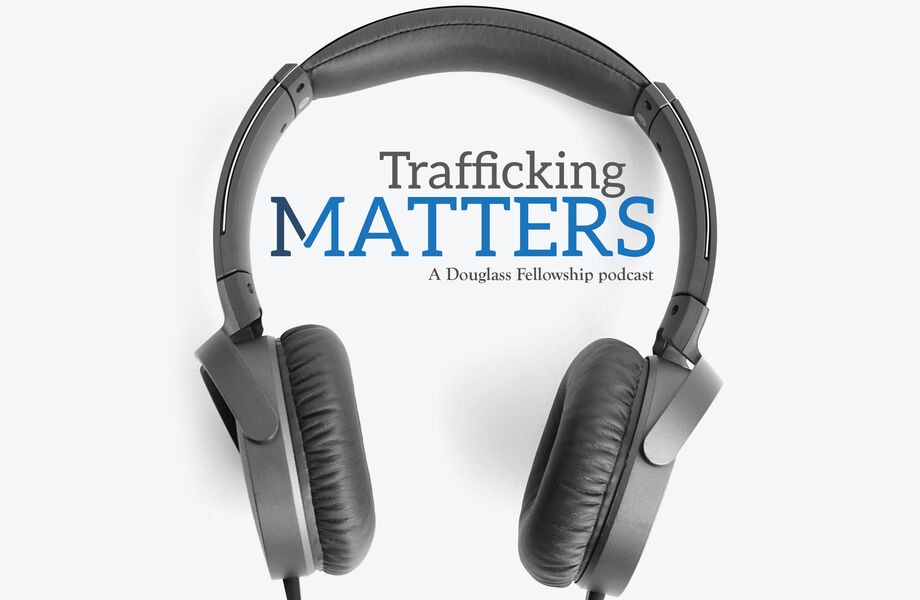By: CHERISSE FRANCIS
Throughout the world, the crime of trafficking in persons (TIP) is considered ‘the fastest growing type of organized crime’ and ‘the third-largest criminal activity in the world’.1 Until recent years, the threat of this multibillion-dollar business remained underestimated. Then, in 2005, the International Labor Organization provided the first estimate of the global profits generated by forced labor. Their most recent estimate, reported in 2014, is $150 billion USD annually. 1 As a result, governmental and non-governmental agencies globally have begun taking steps to combat this offense. There are myriad schools of thought on the right approach to end human trafficking. However, it is clear many devices can be employed to reduce trafficking, ranging from education and investigation to prosecution and victim support services. The key is utilizing these methods collaboratively and directing them towards one goal: stopping traffickers.
Education as a Band-Aid to the Problem
Until recently, society often viewed trafficking in persons as a simple manifestation of evil acted upon by small, sporadic groups or individuals. This perception has shifted to reveal some traffickers belong to highly organized networks, which monitor trends and changes in law enforcement efforts. In order to better understand how to combat those networks, trafficking in persons has become a sought-after academic discipline with specialized research surfacing within the last decade.3 Undoubtedly, these contributions have deepened our understanding of criminal human trafficking organizations.
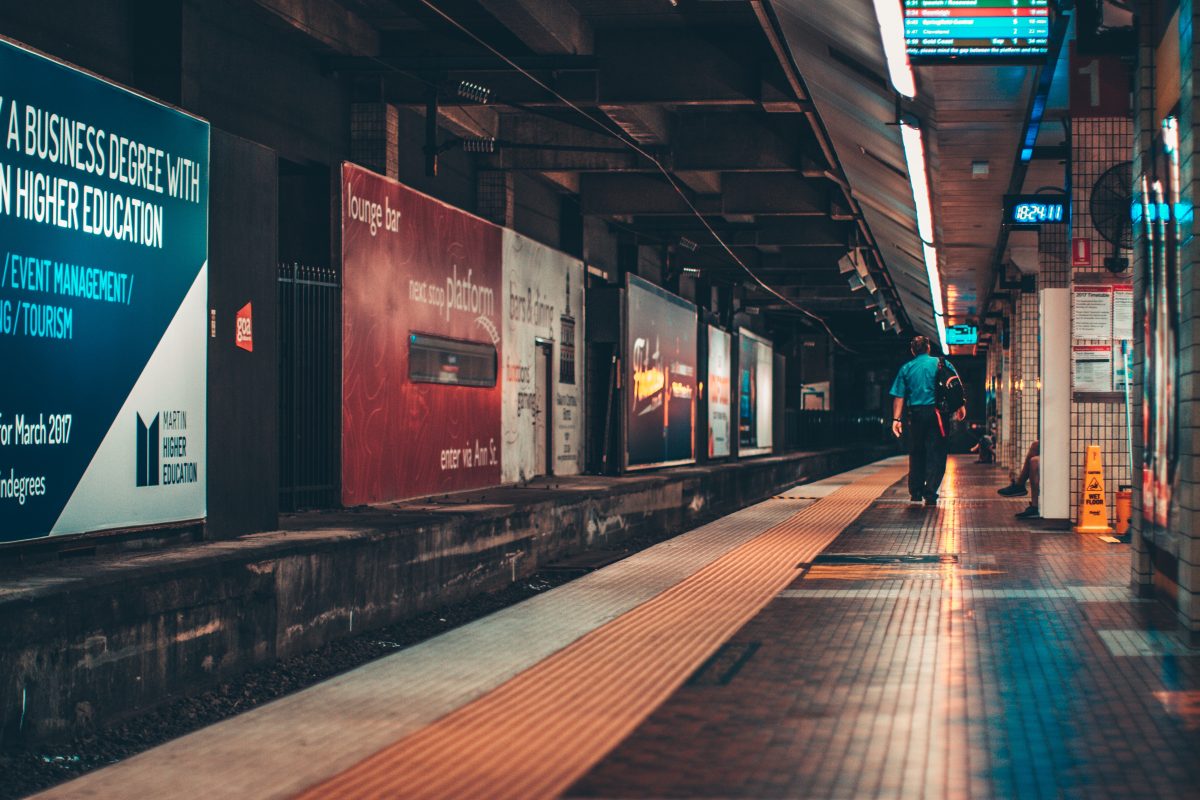
Some anti-trafficking advocates suggest the prevalence of trafficking in persons is facilitated by a lack of awareness in society. They propose public education as a way to combat human trafficking. This view led to the formation of several non-governmental organizations and statutory bodies worldwide to serve this purpose. Such education is frequently aimed towards human trafficking first responders including immigration or police. Sometimes, general awareness campaigns are extended to the public through billboards or workshops. Effectively, these education efforts are designed to identify signs of possible human trafficking and facilitate reporting processes. This method is useful to reduce the vulnerabilities of persons in target communities which are often faced with poverty, high unemployment rates, or low education levels, or identify potential or existing victims. However, it does little to stem the issue from the root. Traffickers continuously evolve, inevitably leaving educators and researchers one step behind. Thus, education must be combined with more proactive measures like investigation efforts.
The Law on Trafficking in Persons
Another proposed mechanism for confronting human trafficking is legislative reform. Reform began as early as 1926 with the League of Nations Slavery Convention and the 1948 Universal Declaration of Human Rights. In more recent years, momentum has gradually grown for the implementation of national legislation prohibiting trafficking in persons.4 Legislation serves the dual purpose of providing express definitions for previously subjective terms. Secondly, it prescribes charges and penalties for trafficking offenses. As an extension of these functions, these laws offer vital guidance to stakeholders during litigation.
On the contrary, legislation alone is ineffective. Without proper enforcement, policies remain words on paper. The gravity of human trafficking offenses must be reflected in their penalties, which should be severe enough to serve as both a specific deterrent to the individual being prosecuted and a general deterrent to the wider community. Presently, anti-trafficking proponents opine that suggested penalties are too lenient. Most puzzling perhaps is the recommendation of a fine or another monetary penalty for many trafficking offenses. This could hardly be described as a punishment or deterrent, as traffickers would likely satisfy these fines using ill-gotten gains.
Investigation as a Means to Stop Traffickers
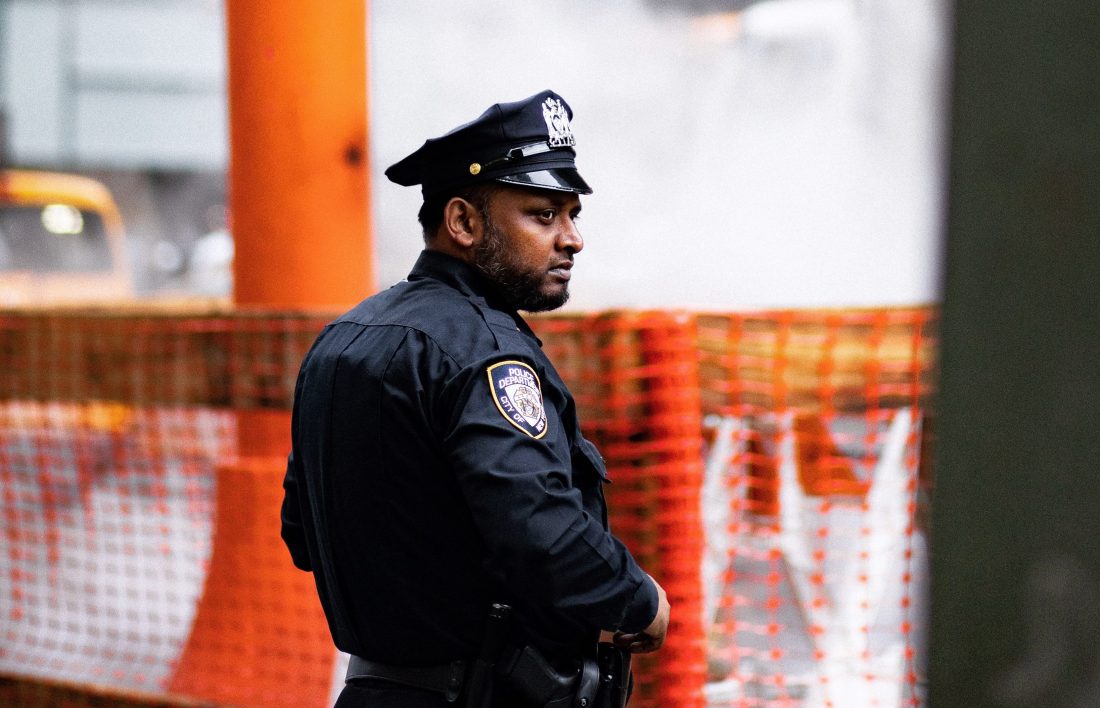
Over the last five to 10 years, a number of countries have adopted human trafficking-specific legislation. As of August 2018, 168 of the 181 countries assessed by the United Nations Office on Drugs and Crime (UNODC) have legislation in line with the United Nations Trafficking in Persons Protocol.5 These laws, combined with education efforts, contributed to an increase in reporting of suspected human trafficking cases. In some instances, 24-hour hotlines, text lines, and dedicated police units also led to an uptick in reporting.6 However, there is still much to learn in the sphere of investigating human trafficking.
Gaps during investigations, due to financial constraints or the absence of institutional structures, often lead to weak prosecution cases. These gaps can later cause difficulties in the judicial process when the prosecution must prove the elements of the crime. For example, without sufficient human or vehicular resources, officers might be unable to access victims in rural or undeveloped areas. Developing countries, in particular, are plagued with these challenges, limiting the effectiveness of investigations. More collaborative efforts and greater dedication by police officers could lead to more successful investigations, and in turn, a greater opportunity to hold traffickers accountable, while also deterring future traffickers from committing the crime.
Taking the Fight to the Courtroom
Prosecution is certainly one of the most important methods of opposing traffickers. As previously mentioned, thanks in part to the implementation of legislative and investigative efforts, the number of reported complaints to hotlines and police departments has risen steadily. Unfortunately, the number of prosecutions and subsequent convictions has not climbed as significantly. In fact, the UNODC ‘Global Report on Trafficking in Persons 2018’ reports that between 2014-2017, the average number of victims detected per 100,000 people for Central America and the Caribbean region was between 1.6 and 1.8. However, for this same period the number of convictions per 100,000 people was between 0 and 0.1. 7
Many of the difficulties faced in the prosecution process are a result of complications in proving the elements of the crime. For example, traumatized victim-witnesses may find it difficult to stand trial, share exegetical information about their experience, and remain highly involved throughout the court process. Porous borders and cultural dynamics between ethnic groups further exacerbate complications, especially for countries on the lowest tier of the U.S. Department of State’s annual Trafficking in Persons Report. In many ways, these challenges are displays of deep-set and widespread corruption in these nations.
A Strong Survivor is a Linchpin to Prosecution
Victim services and rehabilitation are pivotal in combating human trafficking, yet they can be easily overlooked. When properly supported, survivors can be invaluable prosecution witnesses in court cases. Additionally, survivors are wonderful advocates. Their unique skills can reduce vulnerabilities for future victims thereby mitigating against re-exploitation or the cycle of poverty. Thus, to protect the survivor and society at large, victim-care must be continuous from the moment an individual is recognized as a victim until they are successfully re-integrated into society.

As previously mentioned, financial difficulties impede this level of engagement. However, creative measures, including the use of technology, could address several concerns. Some countries have begun modifying their laws and courtrooms to accommodate video-link or remote testimony by witnesses.8 Other nations have utilized screens in human trafficking cases as they would for child witnesses preventing the survivors and accused from seeing each other face-to-face. These two simple approaches could significantly increase the strength of a victim-witness’ testimony. They prevent re-traumatization of witnesses and increase their level of comfort by removing the pressure of confronting traffickers.
Moreover, comprehensive victim services require that survivors of human trafficking are not prosecuted for unavoidable immigration offenses. Some advocates believe asylum should be granted to such individuals, securing their testimony at trial while simultaneously providing them with new opportunities. However, many developed nations reject this proposition because of national security priorities. Some European territories have taken a restrictive approach, introducing a residence title for victims for the duration of criminal proceedings against the perpetrators. Due to their significance at all stages of the process, the protection and recognition of survivors is critical to the work of stopping traffickers.
Conclusion
We cannot deny that trafficking in persons, much like historic slavery, is a transcontinental problem with many faces and complexities. Therefore, the problem cannot be cured with one particular approach. Instead, in order to realize a significant impact on this affliction, we must embrace a wide and varied armory, continuously fighting trafficking in persons from every angle.
- 1 “Human Trafficking/Involuntary Servitude.” FBI. May 03, 2016. Accessed June 26, 2019. https://www.fbi.gov/investigate/civil-rights/human-trafficking.
- 2 International Labour Organisation, Profit and Poverty: The Economics of Forced Labour. https://www.ilo.org/wcmsp5/groups/public/@ed_norm/@declaration/documents/publication/wcms_243027.pdf
- 3 One example of this consistent and revealing research is the research conducted by the US Government. https://www.state.gov/research/
- 4 UNODC SHERLOC Database of Legislation https://sherloc.unodc.org/cld/v3/sherloc/legdb/search.html?lng=en#?c=%7B%22filters%22:%5B%7B%22fieldName%22:%22en%23__el.legislation.crimeTypes_s%22,%22value%22:%22Trafficking%20in%20persons%22%7D%5D,%22match%22:%22%22,%22startAt%22:20,%22sortings%22:%22%22%7D
- 5 UNODC Global Report on Trafficking in Persons 2018, page 45 https://www.unodc.org/documents/data-and-analysis/glotip/2018/GLOTiP_2018_BOOK_web_small.pdf
- 6 United States of America Department of State, Trafficking in Persons Report, June 2019 (page 22 and 23), https://www.state.gov/wp-content/uploads/2019/06/2019-Trafficking-in-Persons-Report.pdf
- 7 UNODC Global Report on Trafficking in Persons 2018 (page 24) https://www.unodc.org/documents/data-and-analysis/glotip/2018/GLOTiP_2018_BOOK_web_small.pdf
- 8 Ontario provides for this through closed circuit television. https://news.ontario.ca/mcys/en/2019/06/ontarios-actions-to-combat-human-trafficking.html . India has already used this technology successfully https://www.globalcitizen.org/en/content/video-calls-helping-trafficking-survivors/.


